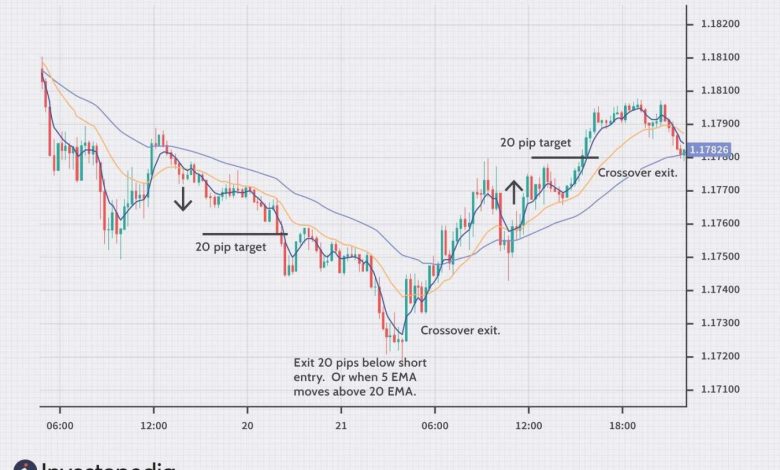How to Use Moving Averages in Forex Trading

How to Use Moving Averages in Forex Trading
Introduction
Forex trading can be a complex and volatile market to navigate. Traders rely on various technical indicators to spot potential trends and make informed trading decisions. One of the most widely used indicators in forex trading is the moving average (MA). In this article, we’ll explain what moving averages are and how you can effectively use them in your trading strategy.
What is a Moving Average?
A moving average is a common technical analysis tool used by traders to smoothen out price data over a specified period. It helps identify trends and potential support and resistance levels. The moving average is calculated by averaging the closing prices of a currency pair over a specific period, such as 10 days, 50 days, or 200 days.
Types of Moving Averages
There are different types of moving averages, including:
1. Simple Moving Average (SMA): This is the most basic form of moving average that calculates the average price over a specific period.
2. Exponential Moving Average (EMA): The EMA places more weight on recent price data, making it more responsive to recent market changes.
3. Weighted Moving Average (WMA): Unlike SMA and EMA, the WMA assigns different weights to different periods, giving more importance to recent data.
Using Moving Averages for Forex Trading
Moving averages can be used in several ways to enhance your forex trading strategy. Here are a few common techniques:
Identifying Trends
By plotting a moving average on your forex trading chart, you can easily identify the overall trend. When the price stays above the moving average, it suggests an uptrend, while a price below the moving average indicates a downtrend.
Support and Resistance Levels
Moving averages can also serve as dynamic support and resistance levels. Traders often use long-term moving averages like the 200-day SMA to determine significant support or resistance areas.
Crossovers
Crossovers occur when the price of a currency pair crosses above or below a moving average line. A bullish crossover happens when the price crosses above the moving average, indicating a possible uptrend. Conversely, a bearish crossover suggests a potential downtrend.
FAQs
Q: Which moving average period should I use?
The choice of moving average period depends on your trading style and time frame. Shorter periods like 10 or 20 days are suitable for short-term traders, while longer periods like 50 or 200 days are favored by long-term traders.
Q: Can moving averages be used as a standalone trading strategy?
While moving averages can provide valuable insights, it is recommended to combine them with other indicators or trading strategies for better results. Moving averages work best when used in conjunction with other technical analysis tools.
Q: How can I avoid false signals when using moving averages?
To minimize false signals, consider using multiple moving averages of varying periods. For example, waiting for confirmation from both a short-term and long-term moving average can help validate signals and filter out false trading opportunities.
Conclusion
Moving averages are essential tools in forex trading that can help you identify trends, locate support and resistance levels, and determine potential entry and exit points. However, it’s important to remember that no single indicator guarantees successful trades. Experiment with different parameters and combine moving averages with other technical analysis tools to build a robust trading strategy.



